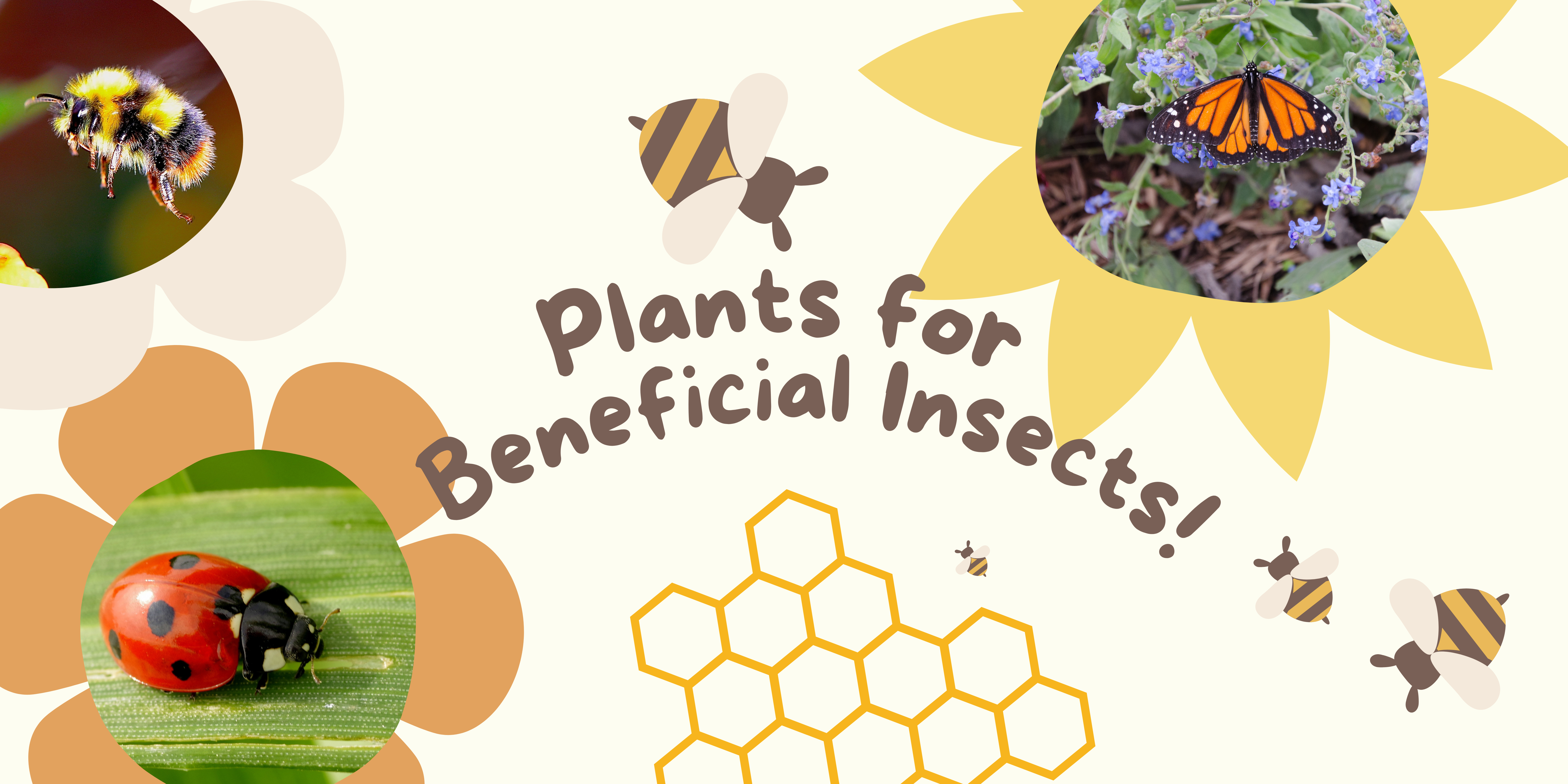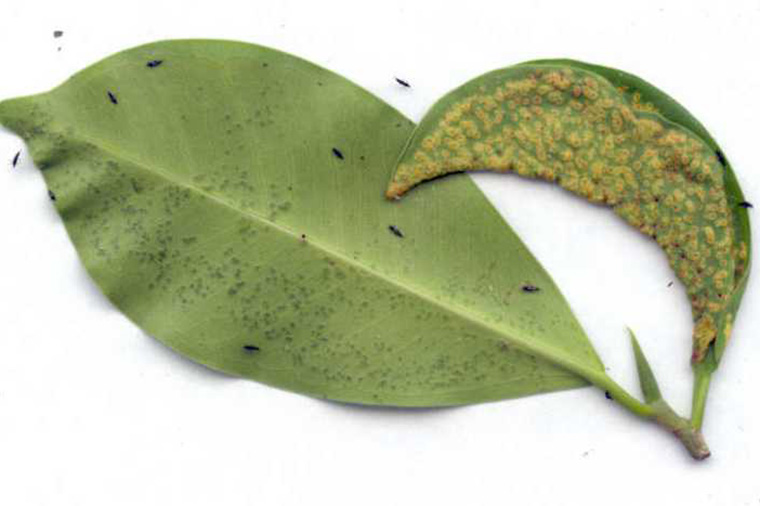Protecting Our Plants from Winter Animal Damage
It can be disheartening to pour your sweat and blood into creating a beautiful landscape, only to have it destroyed over winter by the local critters. Several animal species will chew and gnaw on the barks of woody plants, such as trees and shrubs, when food is scarce. Other larger animals, such as deer and moose will not only snack on trees and shrubs but they will also rub their antlers against the barks of trees. The height and position of the damage can help identify which animal has paid your plants a visit.
Minor bark damage can eventually be covered over by healthy tree growth. However, if the bark damage is extensive enough, it will effectively disrupt the tree’s ability to carry energy from the leaves down to the roots. Eventually the roots starve and the tree slowly dies. When the removed or damaged bark completely encircles a branch or trunk, called girdling, all of the plant past the damaged area will die off. If this happens at the base of the tree, you will lose the whole tree.
The Usual Suspects
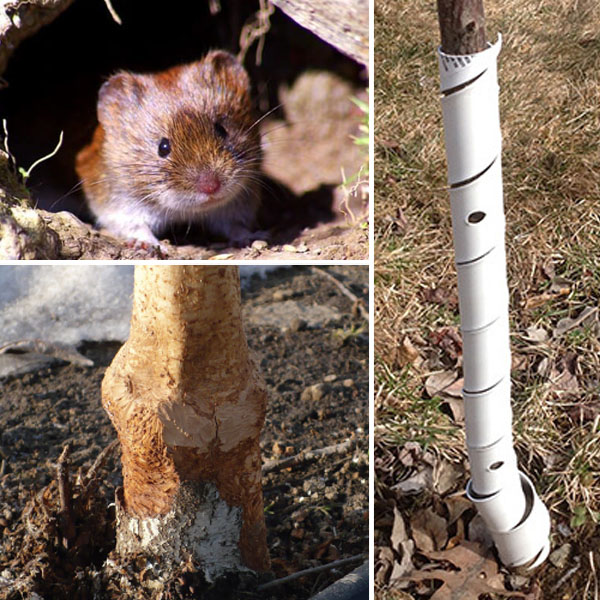
Mice & Voles
These small rodents like to chew off the bark at the base of small trees and shrubs during winter. If you find bark that looks like it has been chewed at the bottom 6-8 inches of your plant, it was likely mice or voles. These smaller creatures are adept at burrowing beneath the snow and sometimes even beneath loose soil or mulch, to eat away at the tree bark without ever being noticed.
How to Prevent Damage
Move Your Mulch : In the fall, push your mulch back away from the base of the tree trunk by a few inches to prevent mice and voles from burrowing in unnoticed.
Use Trunk Protectors : Wrap the trunk of your trees with a plastic tree wrap from the base of the trunk to about three feet up the trunk.
Clear the Snow : After the snow has fallen, either stomp down or pull back the snow from the base of your plant.
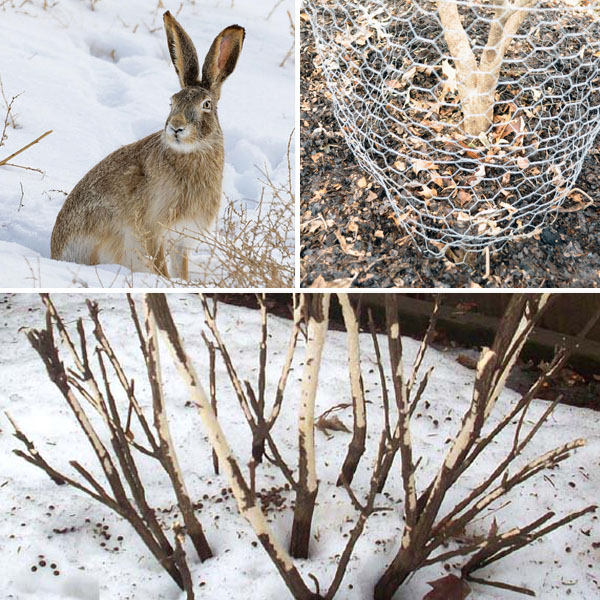
Rabbits & Hares
In winter months, rabbits and hares will change their diet to include softer barks, buds and twigs. With the ability to stand on their hind legs, they tend to gnaw on bark from a few inches above the ground surface to as high as two to three feet up a plant.
How to Prevent Damage
Use Trunk Protectors : Wrap the trunk of your trees with a plastic tree wrap from the base of the trunk to about three feet up the trunk.
Use Chicken Wire : For multi-stemmed trees and shrubs, a 3ft chicken wire enclosure can be used to help prevent access to your plant.
Use Blood Meal : Rabbits and hares don’t like the smell of blood meal. Sprinkle blood meal in areas where fencing and wraps aren’t possible.
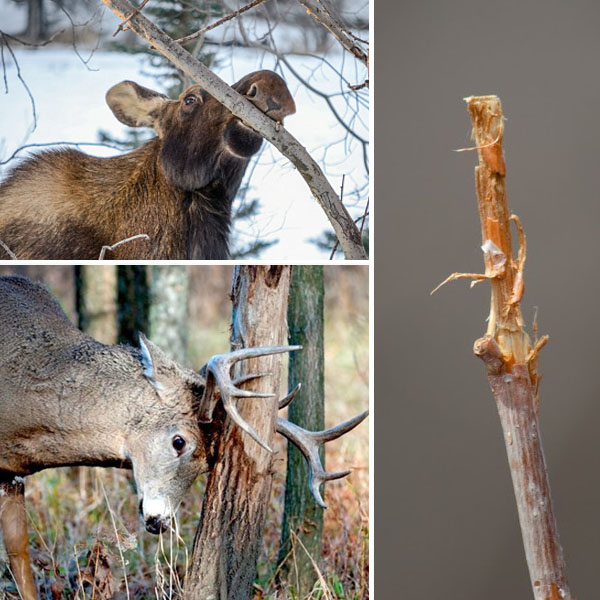
Deer & Moose
Deer and moose will not only browse on the tree barks, buds, and twigs of many trees and shrubs, but they will also rub their antlers on the barks of larger more established trees. They are large animals and can easily cause extensive damage.
How to Prevent Damage
Use Repellant : A good repellant is your best line of defence. Blood meal works well, as do other commercial grade repellants meant for deer and moose.
Use Fencing : Fencing that is at least 8 ft high will prevent deer and moose from jumping into your space.
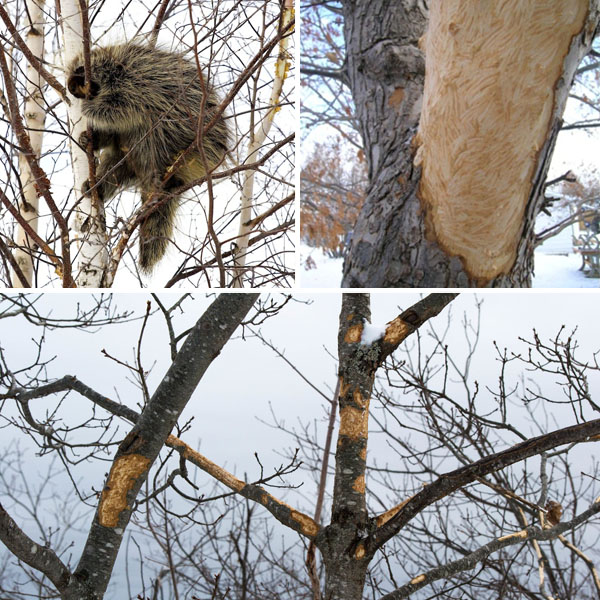
Porcupines
Most porcupine damage occurs during the winter when woody plants become their staple diet. Porcupines are good climbers and prefer to hang out in trees high above ground. If you find large areas of bark missing with long distinctive chiseled tooth marks, you probably had a visit from a porcupine.
How to Prevent Damage
Use Repellant : Repellants also work well for porcupines.
Use Metal Bands : A smooth band of sheet metal or aluminum flashing that is at least 30 inches in length will prevent a porcupine from being able to climb a tree.
Use Traps : Lastly, if you know you have a porcupine in the neighbourhood, traps can be set to humanely catch and relocate the area.
 |
| 

